
Easy to launch. Simple launch characteristics are some of the most important aspects of a tandem wing. During the development of the BION, this criteria was very important to us. The result is a wing which inflates continuously and manageably over the pilot and passenger. The take off speed is pleasantly low.
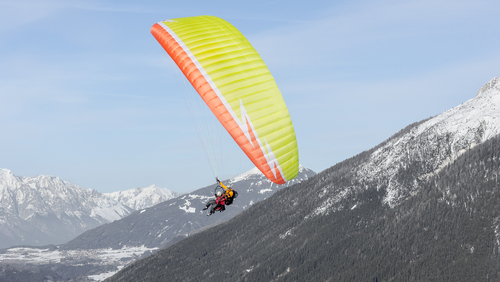 Tandempilot Lorenz Peer mit Nova Bion. Neustift im Stubaital.
Tandempilot Lorenz Peer mit Nova Bion. Neustift im Stubaital.Balanced in the air. Unlike solo wings, tandem gliders have to cope with a very large weight-range. Whether flown at the top or bottom of the weight-range, the glider has to remain easy to steer and must not develop high brake pressure. The BION offers the full package of pleasant handling across the entire weight-range as well as maintaining low break pressure.
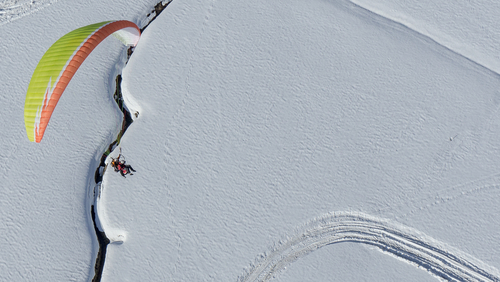 Tandempilot Lorenz Peer mit Nova Bion. Neustift im Stubaital.
Tandempilot Lorenz Peer mit Nova Bion. Neustift im Stubaital.No surprises. Anyone flying tandem not only has responsibility for themselves - they have to offer their passenger a safe experience too. This was our main concern when developing the BION. Thanks to its low aspect ratio its extreme flight behaviour is very manageable. The BION offers a very high degree of passive safety.
The BION technolgy
Technical data
| 33 | 37 | ||
|---|---|---|---|
| Number of cells | - | 43 | 43 |
| Projected span | m | 10,67 | 11,32 |
| Projected area | m² | 32,4 | 36,44 |
| Projected aspect ratio | - | 3,52 | 3,52 |
| Flat span | m | 14,18 | 15,05 |
| Flat area | m² | 39,1 | 44 |
| Flat aspect ratio | - | 5,14 | 5,14 |
| Line diameter | mm | 1,1 / 2,15 / 3,15 | |
| Line length | m | 7,67 | 8,14 |
| Total line length | m | 426 | 452 |
| Max. chord | m | 3,47 | 3,66 |
| Min. chord | m | 0,71 | 0,75 |
| Weight | kg | 7,5 | 8,5 |
| Recommended take off weight | kg | 90-200 | 115-230 |
| Certification (EN/LTF) | - | B | B |
Materials
| Leading edge: | Porcher Sport 9092 E75A 45 g/m² |
|---|---|
| Top surface: | DOKDO 30 DMF WR 41 g/m² |
| Bottom surface: | DOKDO 30 DMF WR 41 g/m² |
| Profile ribs (with line suspension point): | DOKDO 30 DFM RIB 41 g/m² |
| Profile ribs (without line suspension point): | DOKDO 30 DFM WR 41 g/m² |
| Main lines: | Edelrid A-6843-340 (Aramid); Edelrid A-6843-240 (Aramid) |
| Gallery lines: | Cousine 85 (Dyneema) |
| Brake lines: | Liros PPSL 120 (Dyneema); Edelird A-7850-360 (Dyneema) |
| Risers: | Guth & Wolf, 25 mm |
Service
Every NOVA paraglider comes with a big package of extra services and guarantees. When you buy the wing you get more than just the product1.
During the initial flights the lines are subjected to real loads for the first time. This leads to stretching and shrinking - regardless of which line material is used. During NOVA Trim Tuning² our software analyses how out of trim the glider has become and then calculates the required correction values. Trim Tuning aids safety and increases your flying fun.
The NOVA Full Service is more than just a check. Just like the Trim Tuning, we analyse the line lengths and ensure that the wing is restored to the optimal profile alignment across the whole of the span. Additionally we give the wing a full health check. Our NOVA Full Service gives you confidence in your wing.
If your wing has undergone NOVA Trim Tuning, the date to the next check is extended from two years to three years. The two-year check becomes a three-year check. This allows you to have an extra year of carefree flying. Please note the maximum permitted flying hours in the manual.
As standard, NOVA provides a three year, rather than a two year, guarantee on its paragliders. If your wing has undergone NOVA Trim Tuning and a NOVA Full Service, then we will extend the guarantee for a further year to four years. You get a good feeling flying a NOVA wing.
If you register your wing at myNOVA, it is added to our Quality Assurance Database. In the database - accessed through myNOVA - you can download all the key data about your wing. The database will also assist the person servicing your glider by getting information about your glider at the click of a button. Your glider will be more comprehensively checked.
1 The guarantee and service provision is limited, subject to conditions and not offered to the same extent in all countries. Detailed information is available in our guarantee conditions.
2 This service is included in the purchase price in selected countries. Please contact your dealer for more information.
FAQ
Performance data depends heavily on the drag created by the pilot and this is linked to their seating position and harness type. An aerodynamic harness or seating position can make the difference of one glide ratio point. We at NOVA never determine absolute performance data, instead we make comparisons with reference gliders. For this reason we do not publish performance data.
The brakes are components relevant to certification - modification can affect the flying characteristics and extreme flight behaviour. Because of this, we strongly advise against any modification of the brake system. It is important that the brake has sufficient travel before it engages. This is also important so that the wing does not brake automatically when the speed bar is used. Furthermore a brake that engages too early affects performance and influences the recovery during incidents, for example during a collapse or when the canopy goes parachutal.
Simplicity is our motto. Our wings can be packed using a concertina bag, but it is not essential. You can fold this wing using your preferred method and pack it in our stuff sack. Be careful not to bend the leading edge rods unnecessarily. This is particularly true if the wing is to be stored for longer periods or if it is packed tightly.
Sail cloth, lines and all other components are subjected to rigorous testing before they are used in serial production. We not only test the sail cloth for durability (high porosity or reduced tear resistance through UV damage or wear) but also for mechanical robustness, for example stretching. For quality control purposes we regularly take samples during serial production.
During the initial flights the lines are first subjected to load. This load induces a small degree of stretching and shrinking. These are not associated with the line manufacturers or the quality of workmanship - in the factory all NOVA paragliders are trimmed and pre-stretched to within a very low tolerance. To adjust this stretching or shrinking, we recommend that the wing is taken for NTT (NOVA Trim Tuning) after ten to twenty flights - after one year at the very latest. Generally, the line lengths remain constant after the first ten to twenty hours. To make full use of the NTT, NOVA encourages all pilots to have their wing checked after ten to twenty flying hours.
Dry, not packed too tightly and if possible in a space without wide temperature variations - these are the conditions that make our paragliders feel well. You should never store a wing when it is moist. You should also avoid excessive heat, like you would have, for example, in the car. Never remove dirt using chemical detergents and/or brushes.
 Green Fizz
Green Fizz Orange Flux
Orange Flux







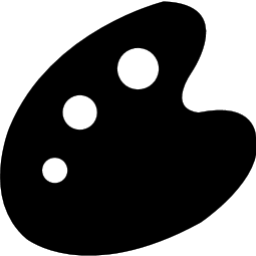

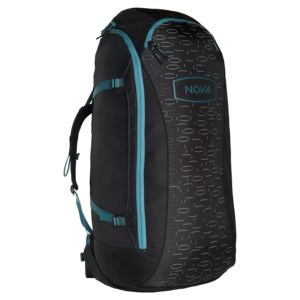 NOVA Rucksack.
NOVA Rucksack.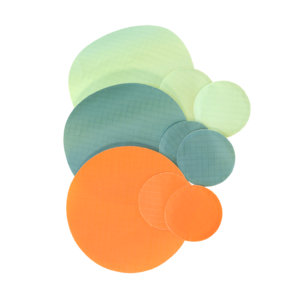 Repair kit.
Repair kit.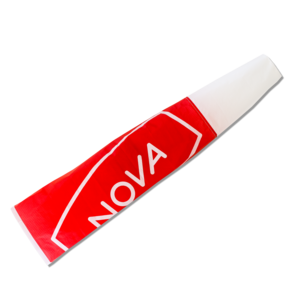 NOVA windsock.
NOVA windsock.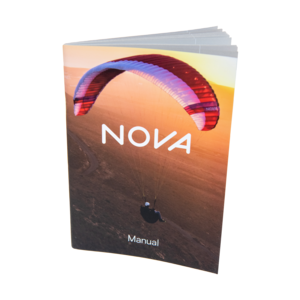 Manual.
Manual.